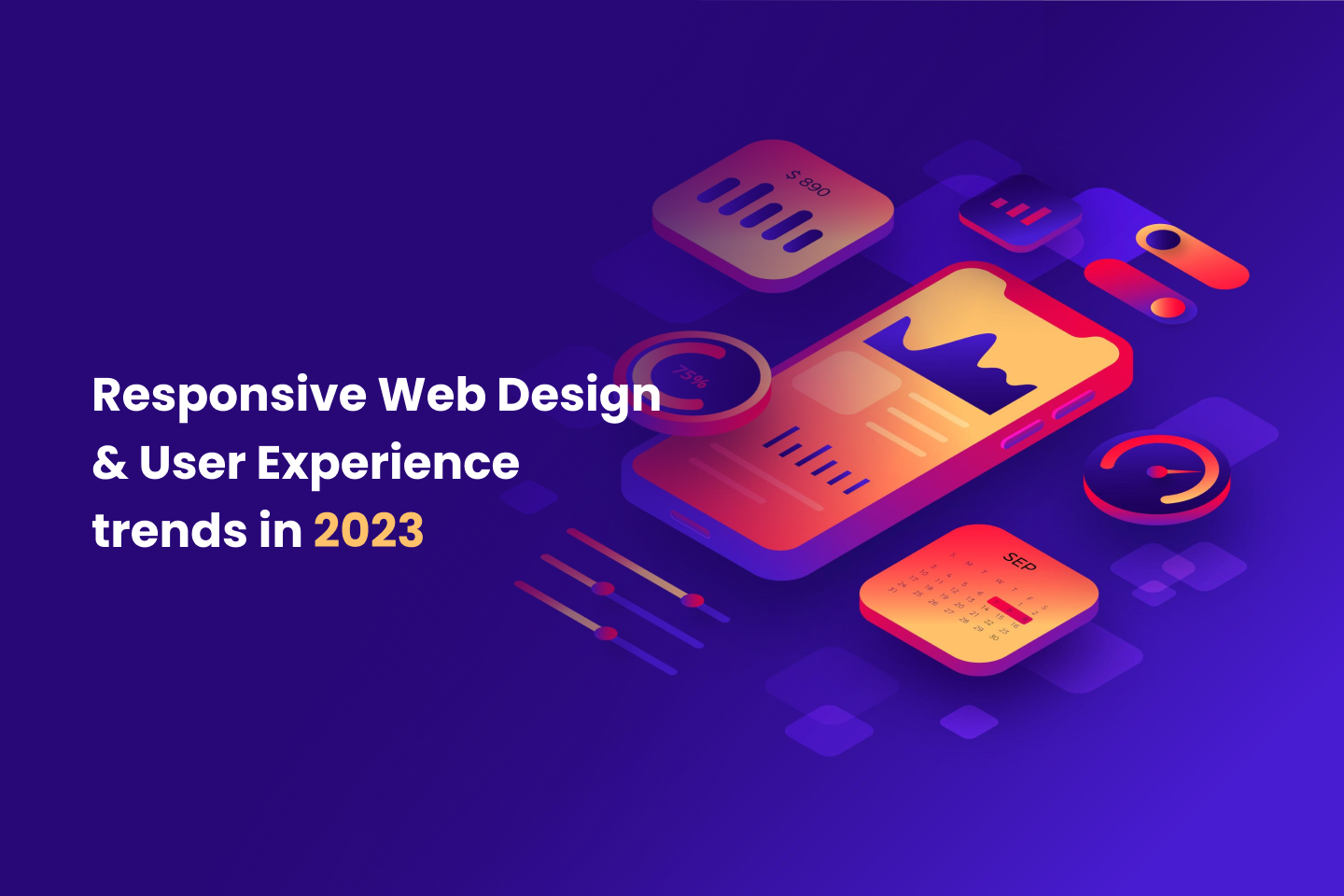In the digital age, a well-designed website is crucial for businesses to succeed online. In order to attract and retain customers, it is important to prioritize both responsive web design and user experience (UX). In this article, we will explore the importance of these two elements in 2021 and beyond.
Responsive Web Design
Responsive web design is an approach to web design that allows websites to adapt to different screen sizes and device types. With the rise of mobile devices, responsive web design has become increasingly important. In fact, mobile devices now account for over half of all internet traffic worldwide.
A responsive website ensures that users have a seamless experience no matter what device they are using. Whether they are accessing your website on a desktop computer, laptop, tablet, or smartphone, your website should be easy to navigate and use. This means that the design should be flexible, and the content should be optimized for different screen sizes.
The benefits of responsive web design are clear. First, it improves the user experience by making it easier for users to access and navigate your website. Second, it can improve your search engine rankings. Google, for example, favors websites that are mobile-friendly, and responsive web design is one way to ensure that your website meets this criterion.
User Experience (UX) Design
User experience (UX) design is the process of designing websites, apps, and other digital products with the user in mind. The goal of UX design is to create a seamless and enjoyable experience for users. This means considering factors such as usability, accessibility, and visual design.
Usability refers to how easy it is for users to use your website or app. This includes factors such as navigation, functionality, and content. Accessibility refers to how easily people with disabilities can use your website or app. This means considering factors such as color contrast, font size, and screen reader compatibility. Visual design refers to the aesthetics of your website or app. This includes factors such as layout, color scheme, and typography.
The benefits of UX design are also clear. First, it improves the user experience by making it easier and more enjoyable for users to interact with your website or app. Second, it can improve your business metrics such as conversion rates and customer retention. This is because users are more likely to engage with your website or app if they have a positive experience.
The Importance of Responsive Web Design and UX in 2023
In 2023, responsive web design and UX design are more important than ever. This is because users have come to expect a certain level of quality when it comes to digital experiences. If your website or app does not meet these expectations, users are likely to go elsewhere.
One reason why responsive web design and UX design are so important is because of the rise of mobile devices. As mentioned earlier, mobile devices now account for over half of all internet traffic worldwide. This means that if your website or app is not optimized for mobile devices, you are missing out on a significant portion of your potential audience.
Another reason why responsive web design and UX design are so important is because of the competitive landscape. With so many websites and apps competing for users’ attention, it is crucial to stand out from the crowd. By prioritizing responsive web design and UX design, you can create a website or app that users will enjoy and remember.
How to Prioritize Responsive Web Design and UX in Your Business
Prioritizing responsive web design and user experience (UX) is crucial for any business that wants to succeed in the online space. Here are some steps to follow:
1. Understand the importance of responsive web design and UX:
Responsive web design ensures that your website can adapt to different screen sizes, from desktop to mobile, making it accessible to a wider audience. UX refers to the overall experience that users have while interacting with your website or app. A good UX can improve customer engagement and increase conversions.
2. Conduct user research:
To create a good UX, you need to understand your users’ needs and behaviors. Conduct user research through surveys, user interviews, and analytics to gain insights into what your audience wants and expects from your website.
3. Plan and design with mobile in mind:
Since mobile devices are becoming the primary way people access the internet, designing with mobile in mind is crucial. Consider using a mobile-first approach to ensure that your website looks and functions well on smaller screens.
4. Focus on accessibility:
Ensure that your website is accessible to everyone, including those with disabilities. Consider incorporating accessibility features such as screen readers, keyboard navigation, and color contrast.
5. Test and iterate:
Test your website regularly to ensure that it functions well on different devices and browsers. Use A/B testing to optimize your website’s UX, and continually iterate based on user feedback.
6. Invest in good design:
Invest in professional design to create a visually appealing and user-friendly website. A well-designed website can increase credibility and trust with your audience.
7. Prioritize speed:
A fast-loading website is essential for a good user experience. Prioritize speed by optimizing images, using caching, and minimizing code.
8. Consider hiring a UX designer:
If you don’t have the expertise in-house, consider hiring a UX designer to help you create a website that prioritizes user experience.
By following these steps, you can prioritize responsive web design and UX in your business and create a website that engages and converts your audience.
Conclusion
As we look to the future of web design and user experience in 2023, it’s clear that responsive design and UX will continue to be crucial elements for any successful website or application. The increasing importance of mobile devices means that designing with mobile in mind is no longer optional, but a necessity. Additionally, accessibility will become even more critical, as businesses recognize the importance of creating inclusive and accessible digital experiences for all users.
Overall, businesses that prioritize responsive web design and user experience in 2023 will be well-positioned to succeed in the competitive online space. By staying up-to-date with the latest trends and investing in good design, businesses can create websites and applications that provide exceptional user experiences and drive business results.







